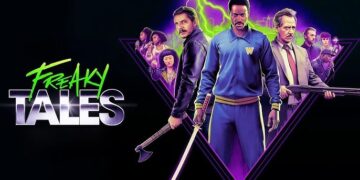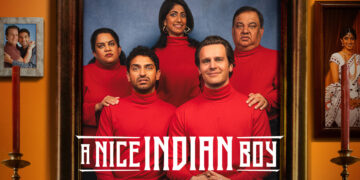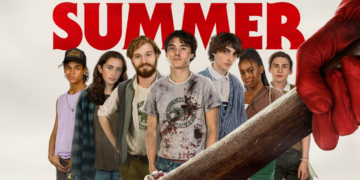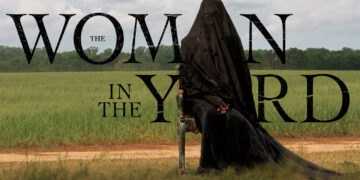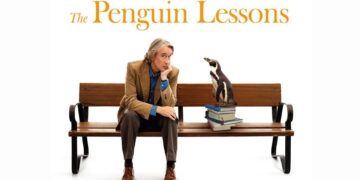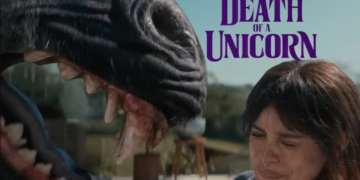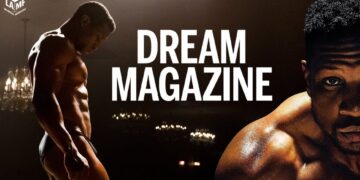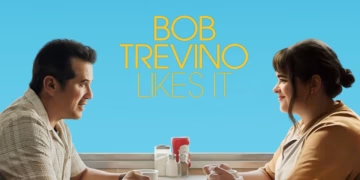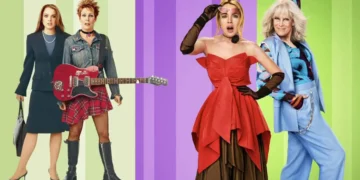Warner Bros. and Legendary’s Minecraft stormed the box office last weekend with a record-shattering $162.7 million debut marking not only the biggest opening of the year but also the highest-ever for a video game adaptation. Based on the beloved 2011 Mojang Studios game, this long-awaited film leans into comedy, creativity, and cube-shaped chaos under the direction of Jared Hess, with a screenplay penned by Chris Bowman, Hubbel Palmer, Neil Widener, Gavin James, and Chris Galletta from a story by Allison Schroeder.
The plot centers on five unlikely heroes, played by Jason Momoa, Jack Black, Danielle Brooks, Emma Myers, and Sebastian Hansen, who are transported into the pixelated realm of the Overworld. Their quest? To return to reality with the help of a quirky, would-be doorknob salesman turned adventurer named Steve. After discovering the Orb of Dominance and Earth Crystal, Steve unwittingly opens a portal to the blocky dimension, where he builds a paradise… only to be captured by Malgosha, a tyrannical, gold-hoarding piglin queen voiced by Rachel House. Her desire to squash creativity stands in stark contrast to Steve’s childlike wonder and boundless imagination.
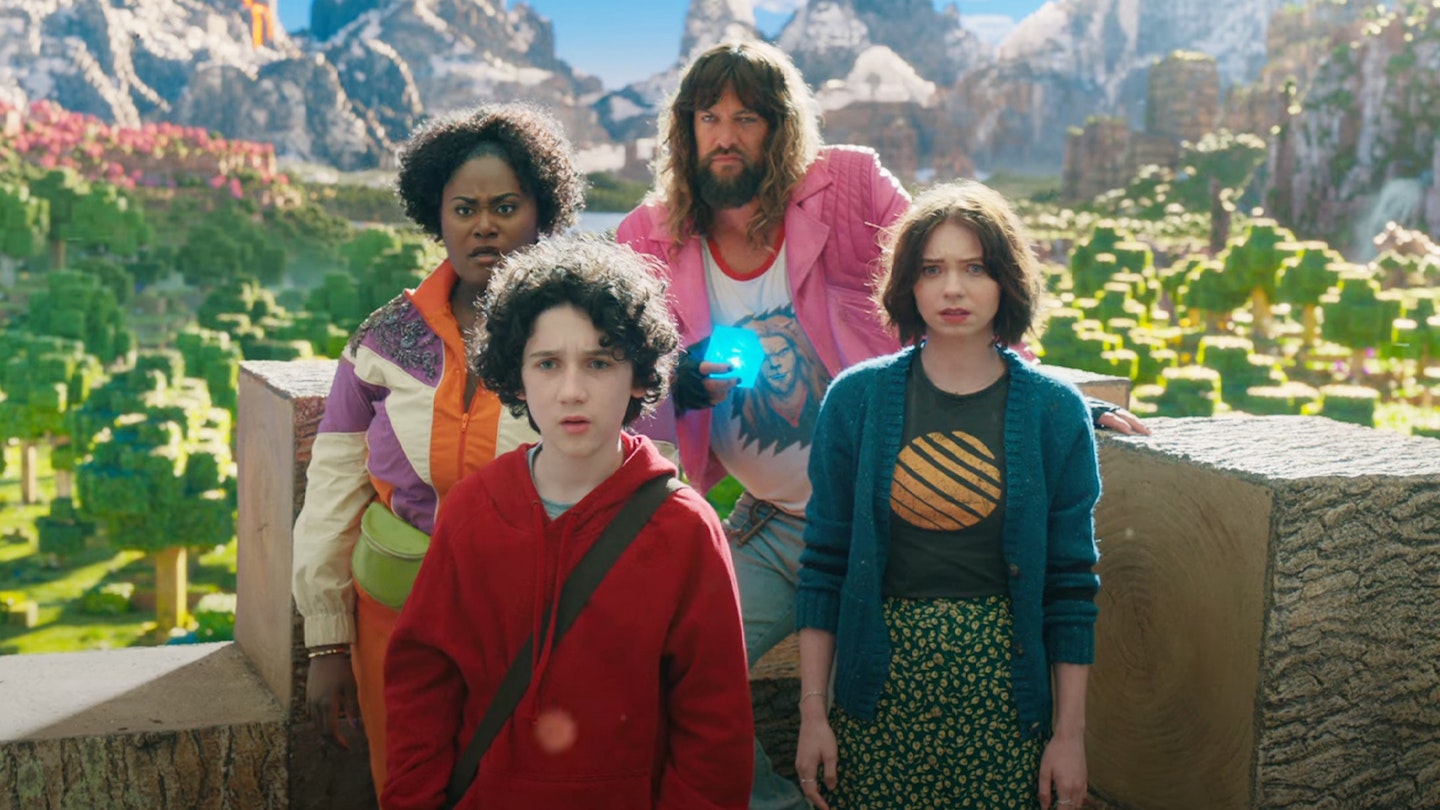
Visually, the CG is remarkable—real-life characters blend seamlessly with the digital world. When Minecraft denizens cross into the real world, the transitions are impressively fluid, bridging two dimensions with finesse. The Overworld itself is a dazzling spectacle: blocky snowcaps, pastel-pink sheep, skeleton archers, zombie armies, and brutalist gingerbread architecture set the stage for a whimsical yet dangerous journey.
Thematically, the film seeks to celebrate creativity, self-worth, and individuality, core values embedded in the Minecraft experience. There’s a recurring notion that the real world limits imagination, positioning Minecraft as a sanctuary for builders, dreamers, and misfits. In theory, this makes for rich narrative terrain.

However, in practice, the film stumbles in its storytelling. Despite five credited screenwriters, the script often feels shallow and scattered. The character arcs, particularly for Myers and Brooks lack substance, and emotional beats are brushed over in favor of slapstick and spectacle. Even Malgosha’s backstory, which mirrors the trauma of our young protagonist Henry, is underexplored, robbing the film of a potentially poignant character parallel.
What could’ve been a resonant journey through creativity and personal growth is instead a mildly engaging romp—albeit one full of color, heart, and humorous moments.
Yes, it’s chaotic. Yes, it’s brainrot-y. But for what it is, a family-friendly, Gen-Z-coded video game movie—it works. I laughed more than I expected and, despite never having played the game, felt my inner child fully activated.
“We need to mine. We need to craft. We need to Minecraft,” in the end, A Minecraft Movie delivers as an enjoyable brain rot blocker to sit back and just have an adventurous time with.



